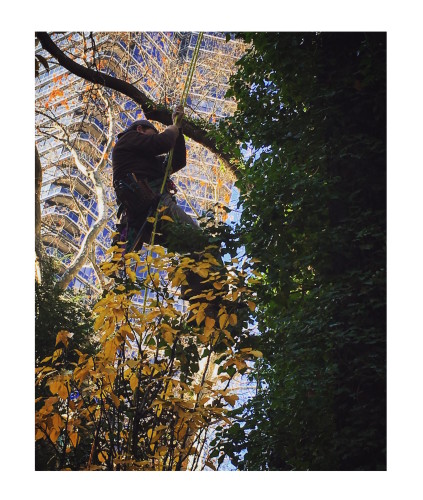 Moonlighting the Contemplative Garden
Moonlighting the Contemplative Garden

The initial phases of the design process, such as site inventory and analysis, are critical components of landscape architecture, and aid in determining elements and environmental conditions that will impact the layout of the landscape.
Site patterns, such as shade and sun for example, directly affect the final strategic design solution delivered. On one level, it influences the possible choices of the planting plan. On another, it has the ability to create or accentuate seemingly private pockets of outdoor space and sculptural features. Whilst these characteristics might be emphasized during the day as a result of natural light; at night, without adequate lighting to provide ambience, the subtleties of the landscape can be lost. Thus to increase the functionality of outdoor spaces past sun-down, our team explores various lighting fixture alternatives.
Recently at the Contemplative Garden project, we installed a large LED fixture designed to emulate the natural moon light. This centralized illumination repurposes the intimate New York “part shadow” courtyard by allowing dappled artificial light to trickle down through the foliage of the large Ginkgo tree in the evening. This same luminosity also opens up the private back space through highlighting the focal point of the garden; a silver-toned frosted mirror above the in-ground fountain which elongates and refracts the speckled light.
Supplementing the downward illumination at the Upper East Side courtyard, ground-mounted uplights augment the evening scene by providing a warm, ascending glow to reflect off the foliage of the proximate plantings and immediate understory.


